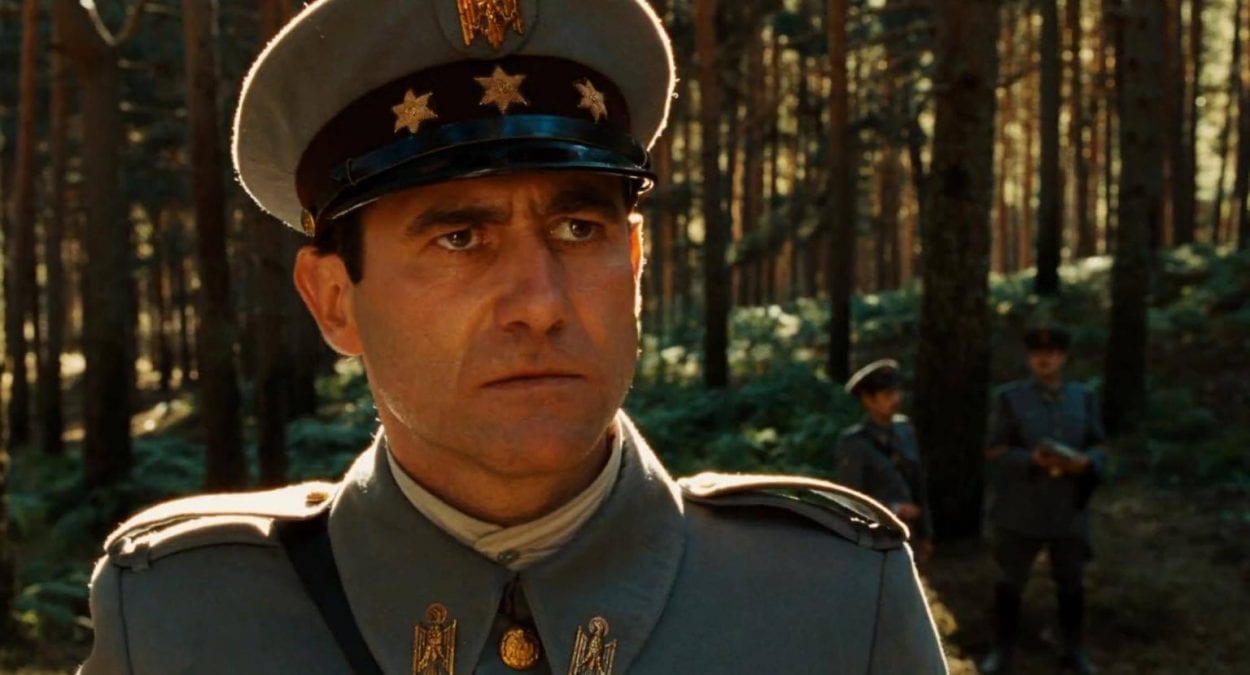
War and Horror are subjects that one might assume go hand in hand, but in the world of film, well made war-horror hybrids are surprisingly rare. While the integration of war subjects with horror elements is common in novels, comics and graphic novels, in film the genre has become a niche filled mostly by independent and lower-budget productions, at times merging with the gore or splatter genre which, if not done well, can detract from the seriousness of the subject matter. But aside from the less-inspired examples, this mixed bag of a genre contains some notable achievements in war-horror composition, as well as some larger-scale Hollywood features that grace the genre with more subtle aspects of the two themes, combining them with other elements such as fantasy, action and suspense. The better examples, in many cases, are good enough to warrant further exploration of the hybrid, often highlighting the horrors of war in unique ways that are both realistic and fantastical, as well as frightening.
When done well, the war-horror film can be a memorable foray into the darkest areas of the human psyche, combining the fear of our enemies with the unlimited fear of our own imagination. And the following examples each have their own unique way of merging these classic cinematic themes into something original, giving audiences all the terror and anxiety they would expect from a horror film, but with the added tension, violence and paranoia of a wartime setting.
1. The Keep (1983)
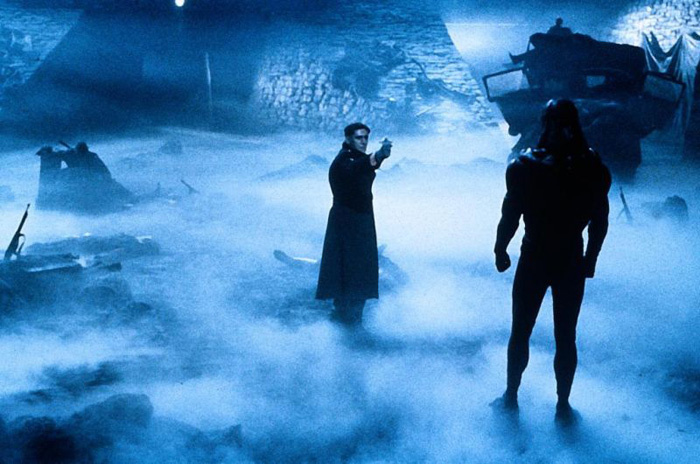
Horror films were common throughout the 1980s, and there were a few films during the period with war and horror elements (“Predator,” for example), but “The Keep” stands out for its dynamic soundtrack and unique combination of World War II themes with Jewish mythology. When Nazis unleash an ancient destructive force from a castle in Romania (i.e “the Keep”), the slaughter that ensues calls for a rather unlikely solution, a partnership between a Jewish scholar and Nazi soldiers on the run.
“The Keep,” one of Director Michael Mann’s first feature films (after his debut “Thief” in 1981), is based on a novel by Francis Paul Wilson, a writer known for exploring the idea of antagonism as a complex theme involving the forced cooperation of traditional enemies against a more destructive, ultimate adversary capable of indiscriminate violence. The story of “The Keep” draws on the Jewish mythological archetype of the Golem, a clay figure that rises to avenge past wrongs (usually wrongs perpetrated against the Jewish people). But vengeance isn’t enough for the entity of “the Keep,” as a desire for more power and freedom pits the spirit against the scholar and his family, and threatens the lives of nearby villagers. This parallel between the unchecked power of a supernatural force and the unchecked power of Nazism is an example of the layered thematic structures of war-horror films. And with theme music and incidental airs by soundtrack masters Tangerine Dream, the film has some high quality marks for style as well as direction. While not a major Hollywood production, “The Keep” holds its ground as an iconic ‘80s war-horror benchmark, a place where the genre began its development into the slick, CG-enhanced hybrid we see more often today.
2. Overlord (2018)
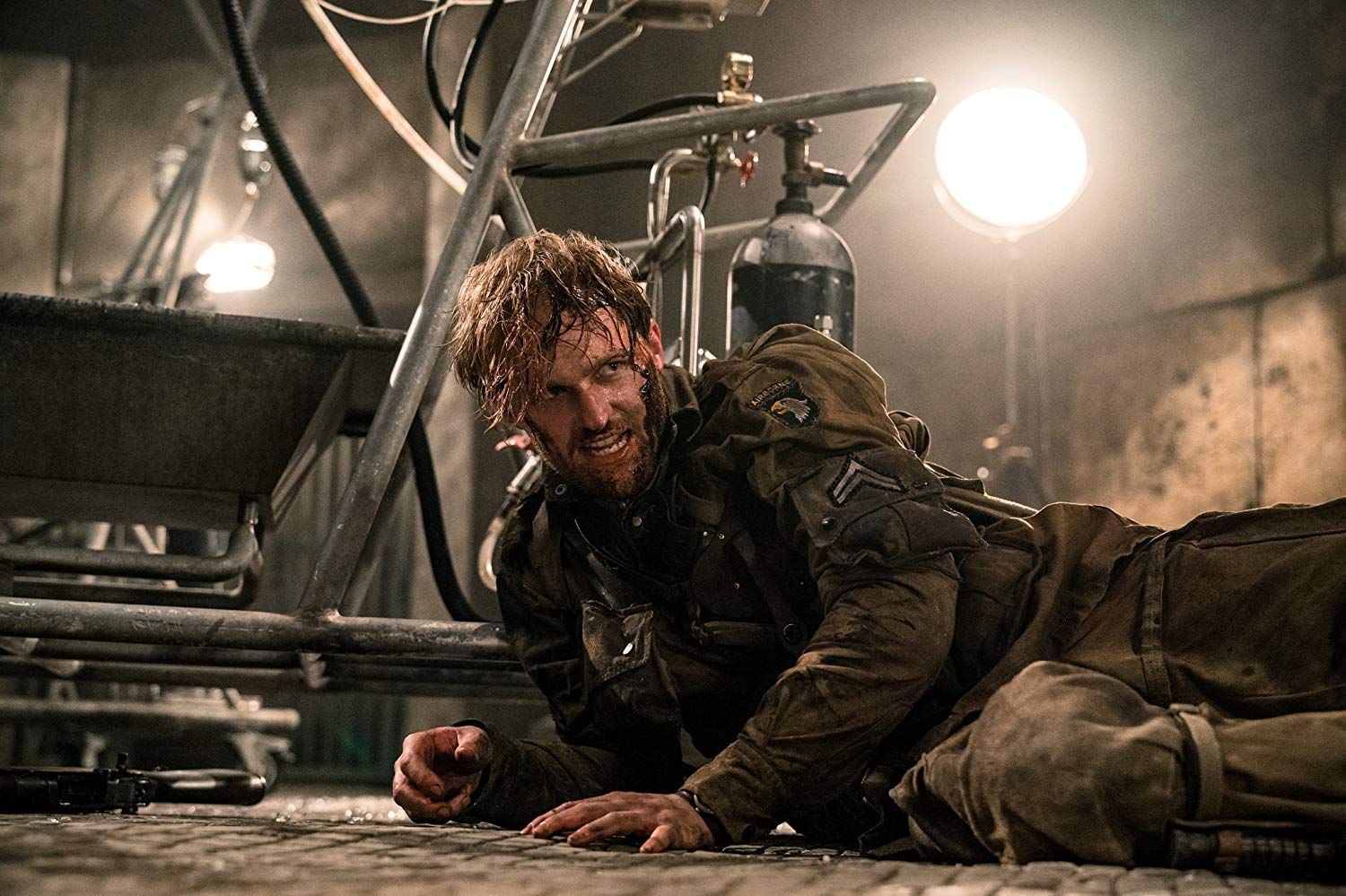
Going from 1983 all the way to 2018 can be a bit of a culture shock in the world of cinema, but even 35 years after “The Keep,” films like “Overlord” still hold fast to the characteristic tropes of their antecedents. Directed by Australian filmmaker Julius Avery, “Overlord” is a fitting example of the CG-enhanced hybrid I mentioned above, complete with close-up HD gore, startling frights and plenty of potentially fatal mistakes along the way to a blood-soaked finale. But despite the action-heavy plot, the film stays true to its war-horror roots, keeping the light down when it counts and providing a stunning ambient soundtrack by music producer Jed Kurzel, the man behind the ominous sounds of the “Alien: Covenant.” and brother of Director Justin Kurzel (“Macbeth,” “The Turning”). Much more fast-paced than films like “The Keep,” “Overlord” still makes time for atmospheric tension and suspense building, both crucial elements in horror but especially in war-horror, where constant danger is part of the setting as well as the plot.
Part of a recently popularized sub-genre of Nazi zombie films (see “Dead Snow” below), “Overlord” takes the concept further with Nazi super-soldier zombies created by science and medical experiments similar to those made infamous by figures like Josef Mengele, a.k.a the “Angel of Death.” The plot follows American soldiers who end up at the central laboratory where these monstrosities are being created, making their world deadly on two fronts: facing the Nazis as well as their creations. “Overlord” may have a somewhat typical Hollywood action plot pitting forces of good against evil, but the horror elements are highly memorable due to the formidable concept of a Nazi image wrapped in a super-villain zombie enigma. Furthermore, the idea of Nazi mad scientists who would create such a force of evil is in some ways more terrifying than their products.
3. Trench 11 (2017)
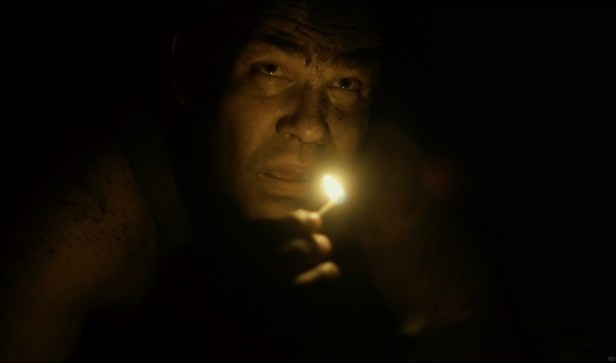
The ratio between World War I and World War II films is extremely skewed, as the Second World War seems to be much more ingrained in the western consciousness and more pervasive in popular culture. But films like “Trench 11,” directed by Canadian writer and producer Leo Scherman, are rare examples of World War I horror, taking the dark and fearful elements of classic chillers into the trenches of the 20th century’s first major international conflict. Although similar to films like “Overlord” in its use of crazed or affected soldier bodies as zombie-like antagonists, the “monsters” of ‘Trench 11” are caused by a biological weapon taking the form of a parasitic worm that can burrow into the brain and cause insanity (similar to the parasites in other films such as “Star Trek: The Wrath of Kahn”). The action in “Trench 11” takes place in tunnels underground, emphasizing the horror effects and giving the film a claustrophobic atmosphere one might expect on the front lines of the war. The trenches alone are horrible enough, but going beneath them into tunnels filled with infected undead soldiers is another experience altogether.
In “Trench 11” we have both a setting archetype and a host of antagonists that, while not undead, are similar in behavior and appearance to war zombies in other films. Together, these elements provide a familiar pattern but a unique sense of terror analogous to a nightmare. The darkness under the trenches, along with the unsettling odds of a few soldiers against hordes of crazed enemies, creates an overall feeling of loss, anxiety and disorientation, exactly what you want from a horror film and especially from a war-horror film.
4. R Point (2004)
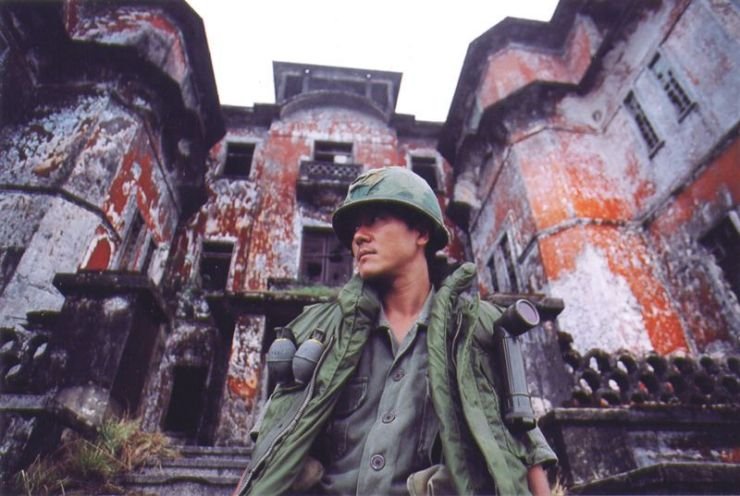
The Vietnam War was a dark moment in world history and an extremely complicated conflict that had many political and cultural parallels with the Korean War that preceded it. Thus, as a setting for a war-horror film, Vietnam provides a dark, tense atmosphere that evokes a sense of panic and groundlessness from the outset. The film “R Point,” directed by Korean filmmaker Kong Su-chang, is a case in point, beginning as a mission film set during the final year of the conflict. Unlike the thriller and action examples mentioned above, “R Point” has a more subdued pace that is intermittently punctuated with haunting events and foreshadowing. As the plot develops, the haunting events become the focal point of the mission, and survival becomes the only objective.
Stylistically, “R Point” is very different from its action-and-gore counterparts in Hollywood, but it still shares many of the traditional horror film traits that are instantly recognizable to western audiences. Along with the high-pitched incidental music that accompanies the many apparitions and possessions that occur at the R Point base, an altered point of view in the form of a green tint gives the impression of a spectral observer from afar. A classic example of dramatic irony, the tinted scenes give the audience a view that is separate from those of the protagonists and likely from the perspective of the spirits who haunt them, one of many techniques that help elevate the production value and make the film a cult classic among war-horror enthusiasts.
5. Brotherhood of the Wolf (2001)
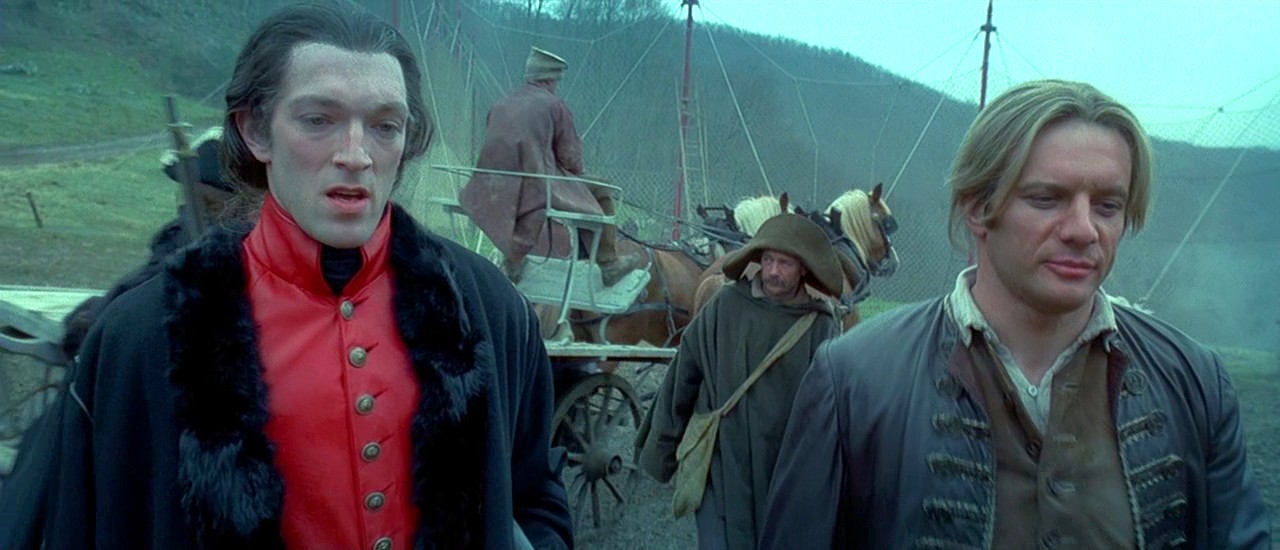
Certainly a rarity among war-horror settings, “The Brotherhood of the Wolf,” directed by Christopher Gans, takes place during the French Revolution, a period of great turmoil, horrendous violence and longstanding social unrest. The “beast attacks” depicted in the film are based on the legend of the man-eating beast of Gévaudan, a series of gruesome deaths that the legend claims were caused by a large wolf, though historical documents are inconclusive. The legend alone provides more than enough material for a good horror film, but the additional context of the bloody Revolution and its many secret societies conspiring against one another make “Brotherhood of the Wolf” a highly unique hybrid, especially when considering the action sequences, martial arts and dueling that make the film visually exciting as well as frightful.
Outside of the horror scenes, “Brotherhood of the Wolf ” has the appearance of a period drama, which helps establish a sense of mystery around the killings. One of the reasons this contrast works so well is cinematographer Dan Laustsen’s use of subtle focus shifts and setting highlights. “Brotherhood” is full of mountain fog, chateau courtyards and great expanses of wilderness. Between Laustsen’s dim-lit tracking shots and Gans’s penchant for artful choreography, “Brotherhood” has plenty of beauty to match the horrors of the beast, and a smattering of unreliable narration thrown in to keep the mystery alive. Of course, horror films (even war-horror films) are all about the monster, and when “the beast” is finally revealed, it lives up to its name and more. A combination of CGI and puppetry designed by the famous Jim Henson’s Creature Shop studios, the mystery beast of “Brotherhood” is rarely what audiences expect, but like the monsters of classic horror films long before its time, it is entirely worth the wait.